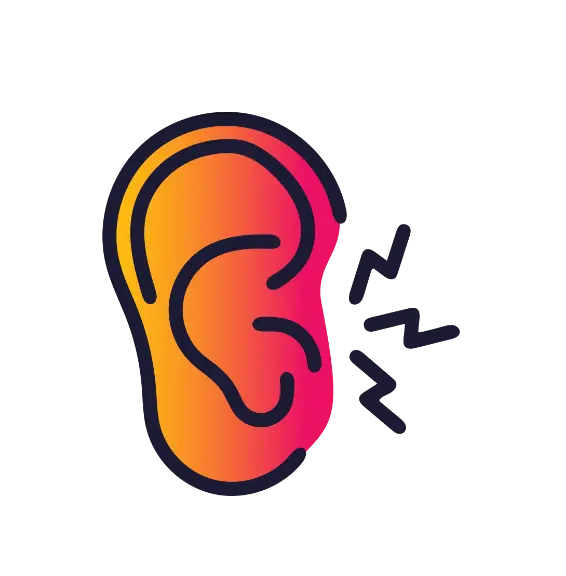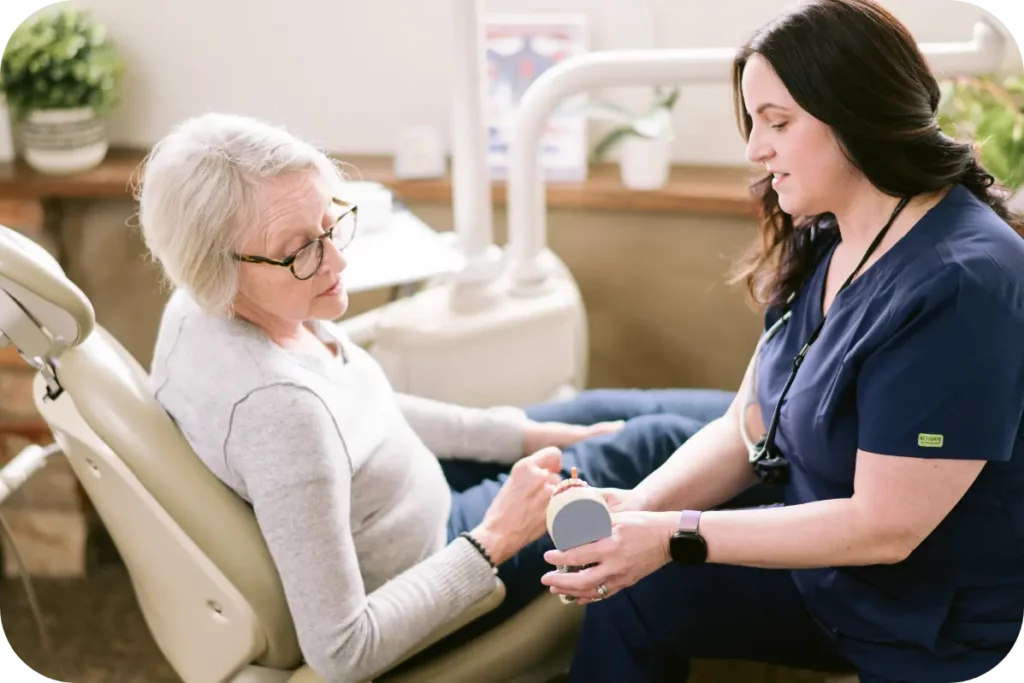



A full evaluation of the TMJ involves assessing discomfort/pain, joint noises (clicking, popping, crepitus), range of motion, nerve pain, muscle palpation, bruxism (clenching/grinding), poor bite, worn-down teeth, and airway screenings.

At Root Cause, the goal is to recognize the signs before the patient has TMJ symptoms. We can help stabilize the bite, muscles, and joint by fabricating a customized splint (orthotic) or by performing an analysis of how to perfect the bite to get it back to a healthier state. If the damage to the joint has progressed, there are surgical interventions possible to repair the disc or reconstruct the joint by our TMJ specialist/surgeons, that Dr. Miller and Dr. Gross collaborate with out of state.
Depending on a patient’s severity, our recommendations may include obtaining additional imaging of the joint (CBCT) and/or the disc (MRI) while working with an integrated physical therapist, myofascial release therapy, craniosacral and/or acupuncturist.